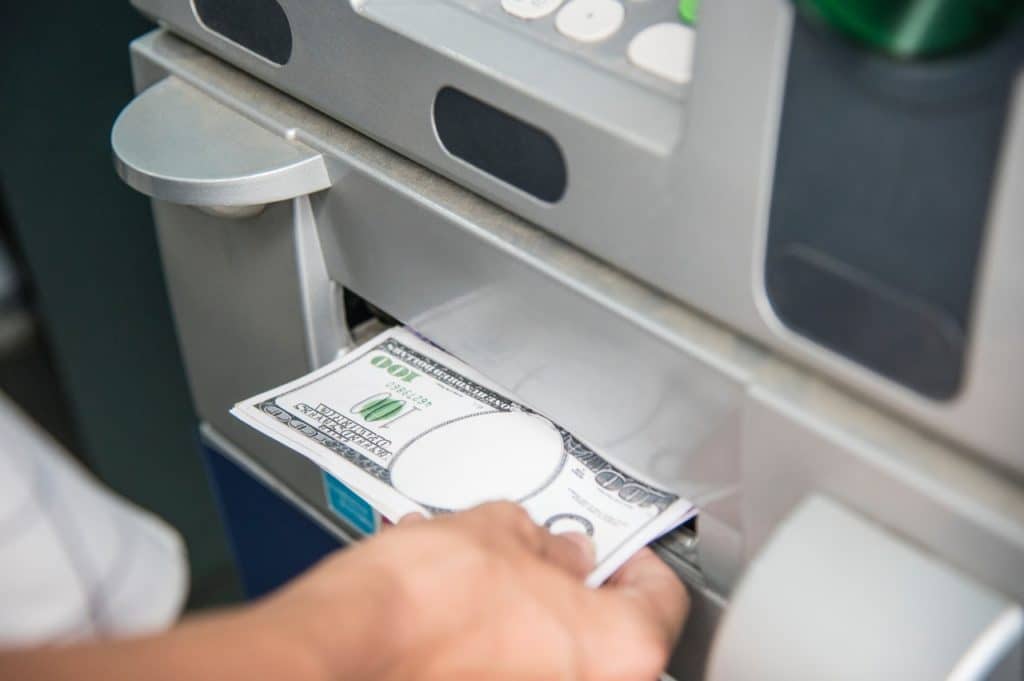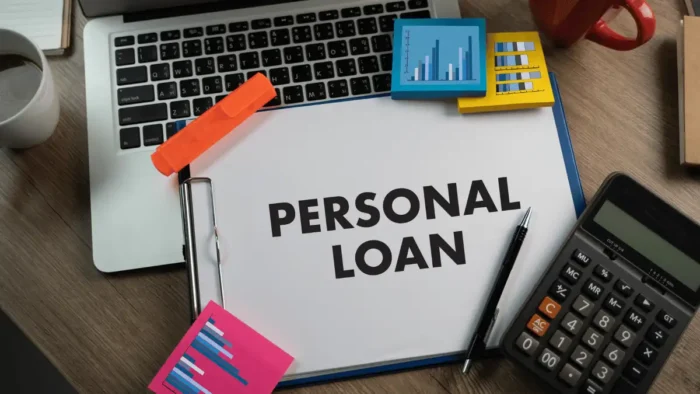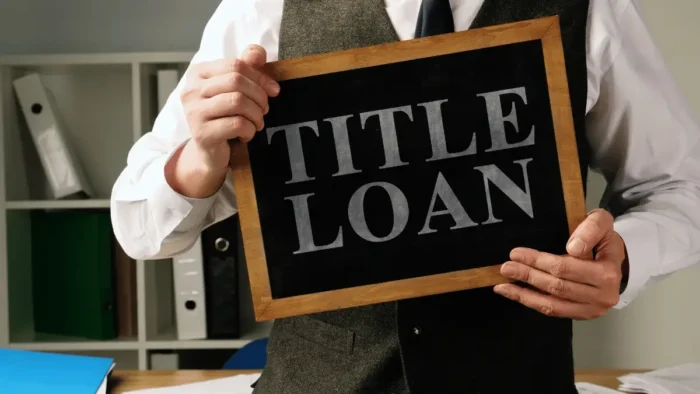As a business owner, you want to ensure that you get paid what you are owed by the clients and the customers. Late payments could have a huge impact on your business and it could disrupt your entire business cycle. So, debt recovery is important for you.
People trying to avoid paying for the goods and services offered by you can turn out to be costly for the business and could have a long-lasting impact. Understand the debt recovery process so as to take the right steps to help your business recover the money you owe.
Invoice
The debt recovery process will begin with you invoicing the clients as normal. At the time of delivery of the service or purchase of the product, you and your clients must have agreed on certain payment terms. Hence, when you raise an invoice, you are ideally waiting for a confirmation that the payment has been made by the client.
Chase
If you have not been paid by your client, then you need to start with the process of chasing up the invoice. It will involve you sending multiple emails or making polite phone calls to remind the client that they need to pay you for the work you have done for them. Remind them that the payment is due and ask them for a reason behind the delay in payment. Try to keep a record of the conversation or email. It is advisable to be nice at this stage because they may have paid to the wrong bank account or simply forgotten about it.
Overdue reminder
After giving a reminder, if the client does not respond in any manner, you need to contact someone else in the business. You need to let them know who you have been trying to contact. This will lead to return response from the individual you were trying to contact or from someone else in the business. It is important to remain polite with your client throughout the entire process. Whether you want to have them as a client again or not, you need to avoid a legal battle and strive to resolve the current issue with polite communication.
Final notice
If the client does not pay as per the terms and conditions agreed by him, you need to give them a final call or an email and let them know that the payment is still pending. It is important to still remain polite in the process. Do not let your anger dictate the conversation.
Direct contact for debt recovery
After all the above mentioned stages, if there is no response at all, you need to consider visiting the customer in person to ask for payment. This will help build a personal relationship with the customer for the future. When you contact people regarding debts, you need to be sensitive but tricky. This is why it is important to remain calm and personal. Land and Co Solicitors business debt recovery services are well known for successfully handling debt recovery for different businesses.
Formal demand letter
If all the attempts of debt recovery have failed, you need to consider sending them a letter of demand. It should ideally be the last resort but there are chances of damaging your relationship with the client. You will need to prepare a formal letter of demand and send it to the client. The client will definitely take some action after receiving the letter.
One way to prompt your client to pay is to stop doing any kind of work for them until the outstanding debt has been cleared out. This is also known as credit hold and can accelerate the payment process. It could solve your problem because a business is likely to suffer without the products or services you provide them.
However, if this does not work out for you, there are other options you need to consider. Your last resort is to pursue legal action and when this happens, you might have to take the issue in court where both sides will be heard. Before you pursue legal action, consider your relationship with the client and understand the importance of the client for your business. There are times when you could end up losing the client permanently.
The final notice will be the last form of communication between you and the client because legal proceedings will begin after the same. It will provide the client with a deadline within which he is expected to make a payment and settle the outstanding debts.



